Leeds United 100: Daniel Chapman - So many highs, so many lows - there is no other club like ours


Defeat at Parc des Princes in 1975. Defeating Milan at Elland Road in the Champions League, or drawing at the San Siro, take your pick. Paul Rachubka’s meltdown against Blackpool in 2011.
One of the most significant events in Leeds United’s history took place after everyone had gone to bed on the night of Monday, September 17, 1956. As Monday became Tuesday, around 2am, Arnold Price was struggling to sleep in his bedroom above his chip shop on Elland Road.
Advertisement
Hide AdAdvertisement
Hide AdMaybe his daughter Audrey had been in that night with her husband, United’s long-serving full-back Jimmy Dunn; perhaps he was replaying what Jimmy had told him about John Charles’s two goals at Wolves that Saturday, in a victory that put Leeds just one point behind Manchester United at the top of the First Division.
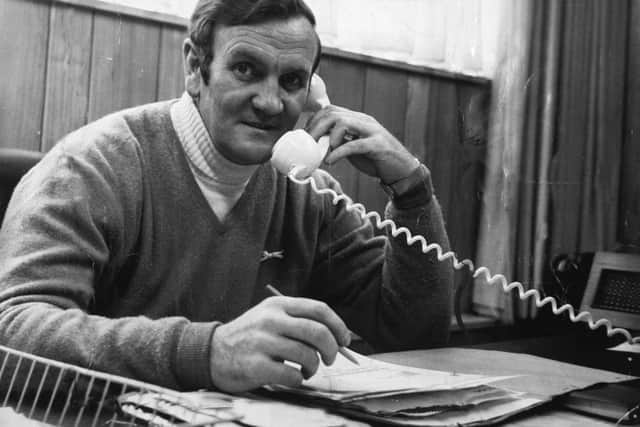

It was United’s first time in the top flight since 1946-47, and that had been a single disastrous season ending in relegation, the first full league campaign since war was declared in 1939.
Leeds had been waiting a long time to reach the top of English football, but with John Charles at last showing the First Division that he deserved to be known as the world’s best player, it felt like they could stay there for years to come.
Now, at 2am one night in September, 1956, some silly beggar had switched the floodlights on at the stadium. Or so Arnold thought, as he sleepily drew back his bedroom curtains. A moment later he was running down Elland Road in his pyjamas and bare feet, to the nearest telephone box. The football ground was on fire.
Advertisement
Hide AdAdvertisement
Hide AdFive fire engines sped there, with 40 firefighters; the club’s directors and manager, Raich Carter, came too, but there was nothing to be done. Dawn revealed the damage: the Main Stand, built along the west touchline for Leeds City in 1906, was a smoking frame.
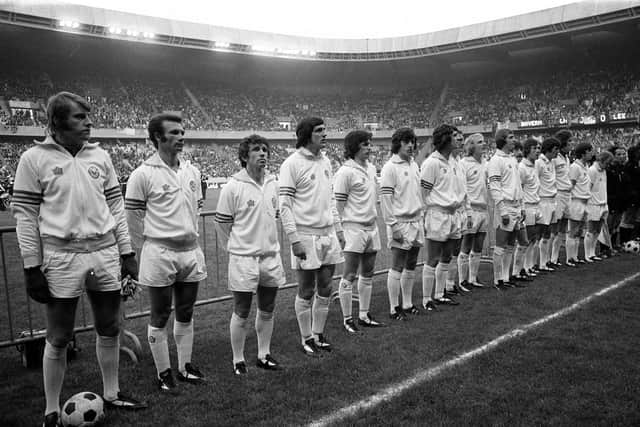

Everything had been in it: dressing rooms, boardroom, offices, physio rooms, press rooms, gym and indoor running track; its cupboards contained all the shirts, socks and boots, the balls, goal posts and nets and corner flags needed to play matches.
But that was all replaceable – and there was relief when, once the drama was over, the groundstaff’s cat, Blackie, turned up safe and well.
What could not be replaced were the trophies, the pennants, the mementoes, the written records: the accumulated history of 50 years of football in Leeds, City and United, all contained within the Main Stand, and all gone in one night.
Advertisement
Hide AdAdvertisement
Hide AdThe past was destroyed and the future was changed. John Charles was the First Division’s top scorer with 38 goals in 40 games as Leeds finished promisingly in eighth.
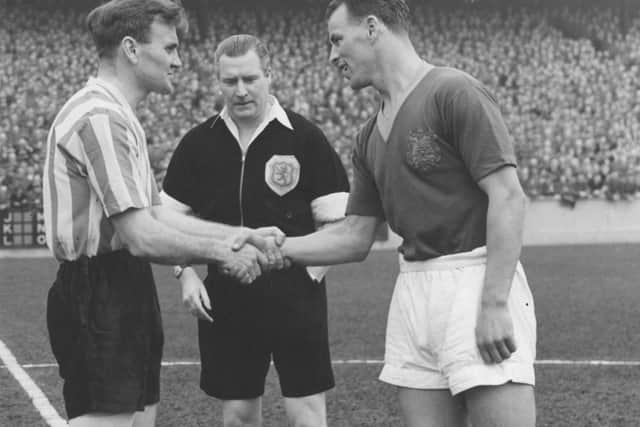

But the cost of building a new stand meant selling the club’s star player to Juventus, and the start of five years of slow decline.
What might the Peacocks have achieved, in their gold and blue shirts, if they’d kept John Charles?
But then, what of Don Revie? Coincidence gave Revie the task, as captain of Sunderland, of shaking hands with Charles before his farewell match at Elland Road. Then fate intervened, so that it is largely Revie’s legacy we are celebrating as Leeds United turn 100.
Advertisement
Hide AdAdvertisement
Hide AdThere will have been plenty of people around, when Revie became manager in 1961, to tell him about the football club before the fire. But it was Revie’s fate, and his life’s work, to build Leeds an entirely new one.
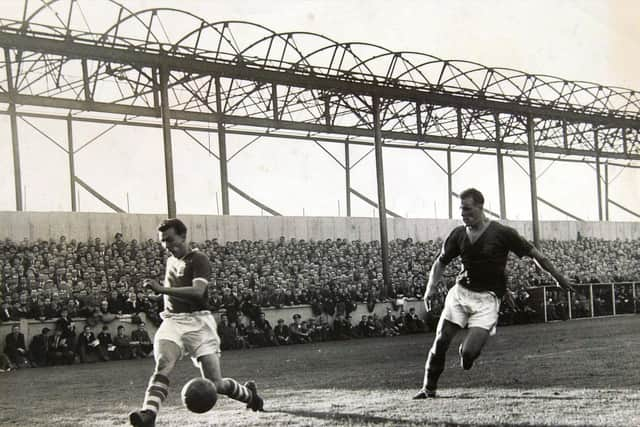

Later, Howard Wilkinson rebuilt it. Marcelo Bielsa is doing his best to change it again. But Leeds United, at 100, is undoubtedly still the club Revie built, still representing his values, still home to the players who were like sons to him, and the fans raised to know him like their god.
A centenary, though, is an opportunity to remember what we can of all 100 of Leeds United’s years of history. It was one of the parts I most enjoyed while writing my history of the club, 100 Years of Leeds United.
When I began, I expected to skim through the years before Revie, their stories lost to the fire; fifth place in the First Division in 1930, the brilliance of John Charles and a few promotions from Division Two were all that promised to delay me.
Advertisement
Hide AdAdvertisement
Hide AdBut there was so much to tell. The death during a match at Elland Road of David ‘Soldier’ Wilson, in 1906, when the Leeds Mercury reported his ‘devotion to the game and to the club proved fatal’; punch-ups at Leeds City over money, and their eventual expulsion; the determination of Alf Masser to rebuild as United, helped by the idiosyncratic celebrity of chairmen like Hilton Crowther and Major Albert Braithwaite, and director turned actor Mark Barker.
There was also Tom Jennings’s goals and Wilf Copping’s aggression; Tom Holley, captain and centre-half in the 1950s, who returned as a journalist in the 1970s to tip Jimmy Armfield off that his job was at risk; Major Frank Buckley’s proto-Bielsa weirdness; Albert Nightingale, diving to win penalties no matter where on the pitch the foul began.
Throw in goalkeeper Harold Searson taking lucky Lulu The Doll into nets with him; Willis Edwards, who joined Leeds in 1925, and finally left the coaching staff in 1960, linking the club’s early years to the start of the Revie era.
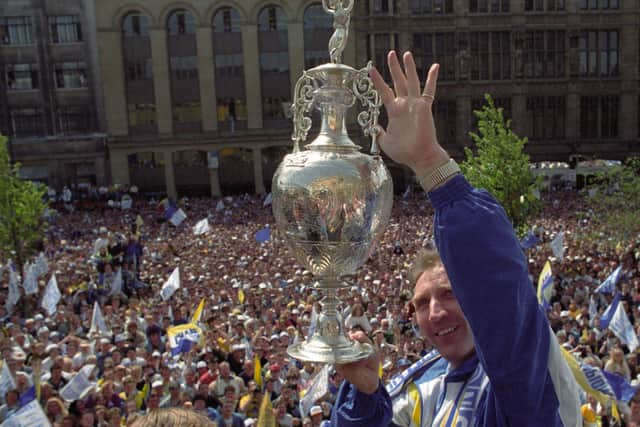

The characters are always enigmatic. Money worries are permanent. The loyal sarcasm of the fans is known from the early 1930s. The ability to turn victory into defeat is ever present. Glory, when it comes, is won by hard work and togetherness.
Advertisement
Hide AdAdvertisement
Hide AdIt’s Leeds. It’s always Leeds. Don Revie built a new club, with a new all-white strip, new standards, success that had only been dreamed of. But the club that came after the fire was not so different from the club that was there before.
If you took the names away from the pre-Revie chapters of 100 Years of Leeds United, and didn’t say what the book was about, a modern Leeds fan would soon work it out.
Leeds United have been Leeds United since 1919. There hasn’t been another club like it in 100 years.